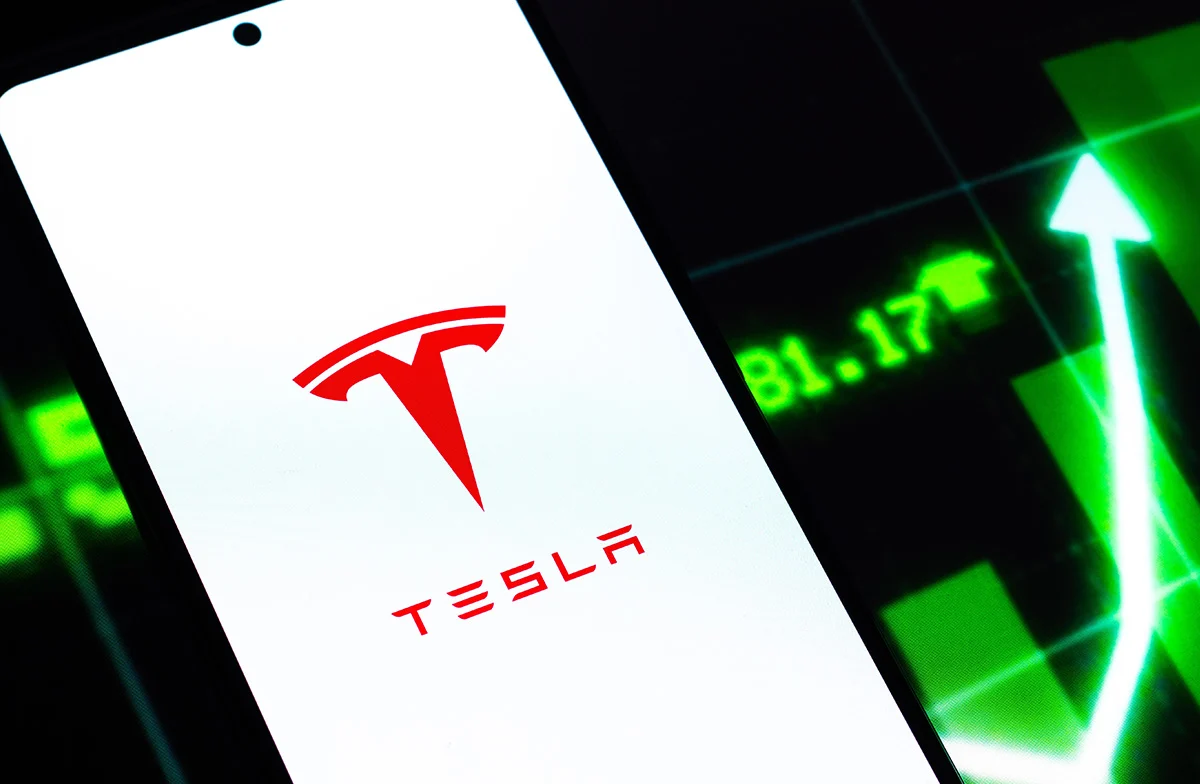**Tesla’s China-Made EV Sales Fall 9.9% in October 2025 Amid Rising Competition**
Tesla’s China business encountered a significant slowdown in October 2025, with sales of China-made electric vehicles (EVs) dropping 9.9% year-over-year to 61,497 units. This decline reversed the 2.8% growth Tesla experienced in September and highlights challenges facing the company in its crucial Chinese market.
**Shanghai Gigafactory Output Declines Sharply**
Data from the China Passenger Car Association revealed that output from Tesla’s Shanghai Gigafactory, which produces Model 3 and Model Y vehicles for both domestic sales and exports, fell 32.3% compared to September. Exports from the facility head to markets including Europe and India, suggesting the drop isn’t limited to domestic sales alone.
**Chinese Rivals Post Record Deliveries**
While Tesla struggled, several Chinese EV manufacturers posted record October numbers. NIO delivered 40,397 vehicles, marking a 93% increase year-over-year. XPeng also reached a record with 42,013 deliveries, up 76% from last year. However, not all peers saw growth; Li Auto’s deliveries dipped 38% to 31,767 units.
BYD, the largest Chinese EV maker, sold 222,559 all-electric vehicles in October, reflecting a 17% rise year-over-year. Nonetheless, its total vehicle deliveries, which include plug-in hybrids, declined 11%. BYD’s exports surged 188% to 83,542 vehicles, while domestic sales slipped 24% to 358,164 units. These mixed results point to a shifting market landscape where growth is occurring but not uniformly across players.
**Tesla’s Year-to-Date China Performance**
China remains a key market for Tesla, accounting for more than 20% of its 2024 revenue. Through September 2025, Tesla sold approximately 438,000 vehicles in China, down 5% from the same period in 2024. This decline puts the company on track for its first annual sales decrease in the Chinese market.
Tesla’s China sales represented about 36% of its total global vehicle sales through the first three quarters of 2025, mirroring the company’s reliance on the market in 2024. With the downward sales trend continuing into the final quarter, closing the gap will be challenging.
**Policy Changes Add Pressure**
Heightened competition is compounded by policy shifts in China. The government recently announced that the New Energy Vehicle (NEV) purchase tax exemption will be halved in 2026, which Citi analyst Jeff Chung expects may further suppress EV sales in the first half of next year.
This tightening follows similar subsidy reductions in the United States, where the federal $7,500 EV purchase tax credit was eliminated in September. Ahead of the deadline, consumer demand surged, pushing EVs to a record 12% of new car sales for that month.
Tesla benefited from the U.S. subsidy rush, selling a record 497,099 vehicles in the third quarter, with U.S. sales alone reaching 179,525 vehicles — an 8% year-over-year increase.
**Looking Ahead**
The critical question facing Tesla and other EV makers is how the market will respond once subsidies vanish fully. Both the U.S. and Chinese markets will test consumer demand and industry resilience in the coming months.
For now, Tesla’s October 2025 China sales decline contrasts sharply with the strong performances of competitors NIO and XPeng, underscoring a competitive and evolving EV landscape in the world’s largest automotive market.
https://coincentral.com/tesla-tsla-stock-china-sales-drop-9-9-in-october-as-competition-heats-up/


